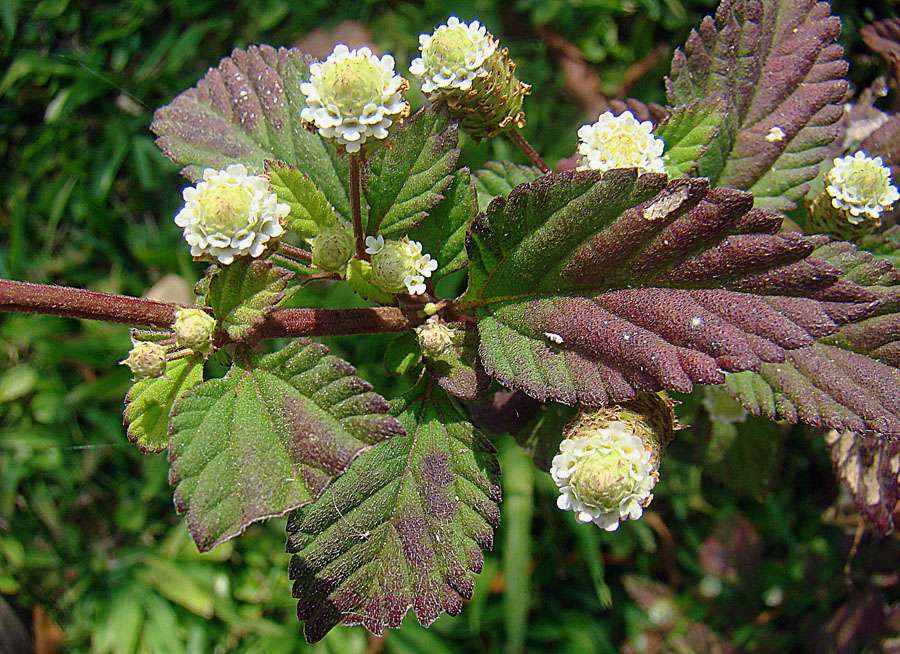
Description:
Although it has been used historically as a pleasant herb, it is not advised due to poisonous substances in the foliage. A trailing perennial that spreads like mint and produces tiny white flower clusters in spring and autumn. Aztec Sweet Herb is a perennial that grows slowly, creeps and trails, reaching a height of 50 cm and a width of 50 cm to 1 metres. The 2.5 cm, dark green leaves are held in opposite pairs and have teeth and visible veins. The dark crimson stem of the egg-shaped leaves can turn brown-purple when exposed to strong sunlight.
Habitat
It is indigenous to the Caribbean, Colombia, Southern Mexico, and Central America. Native American tribes including the Aztecs employed this plant as a culinary and medicinal herb before introducing it to the Spanish.
Uses
This herb included the use of the drug’s spasmodic effects to induce miscarriage and treat liver diseases, diarrhea, hypertension, and indigestion.

Plant Care
- As soon as you plant your sweet herb, make sure the ground drains properly.
- In a desert climate, caring for Aztec sweet herbs is simple because you will let the soil almost completely dry out before applying more water.
- Your herbs will develop swiftly once you plant them, creeping along the ground and covering the soil. It will become a resilient plant that can tolerate some neglect once it has established itself in the soil.
Growing
Growing Aztec sweet herbs in full sun is the most productive way to cultivate them. If it is to continue growing and giving you herbs to utilize in your food, it needs the warmth, especially in the winter months. Lupinia dulcis, or Aztec sweet herb plants, thrive in both big outdoor containers and the ground. It’s perfect for growing in a hanging basket, which lets you spruce up your yard a bit. The pH range of the soil should be between 6.0 and 8.0, indicating an acidic to alkaline range. To ensure that the pH is in the proper range before planting your cuttings, mix in some potting soil.




